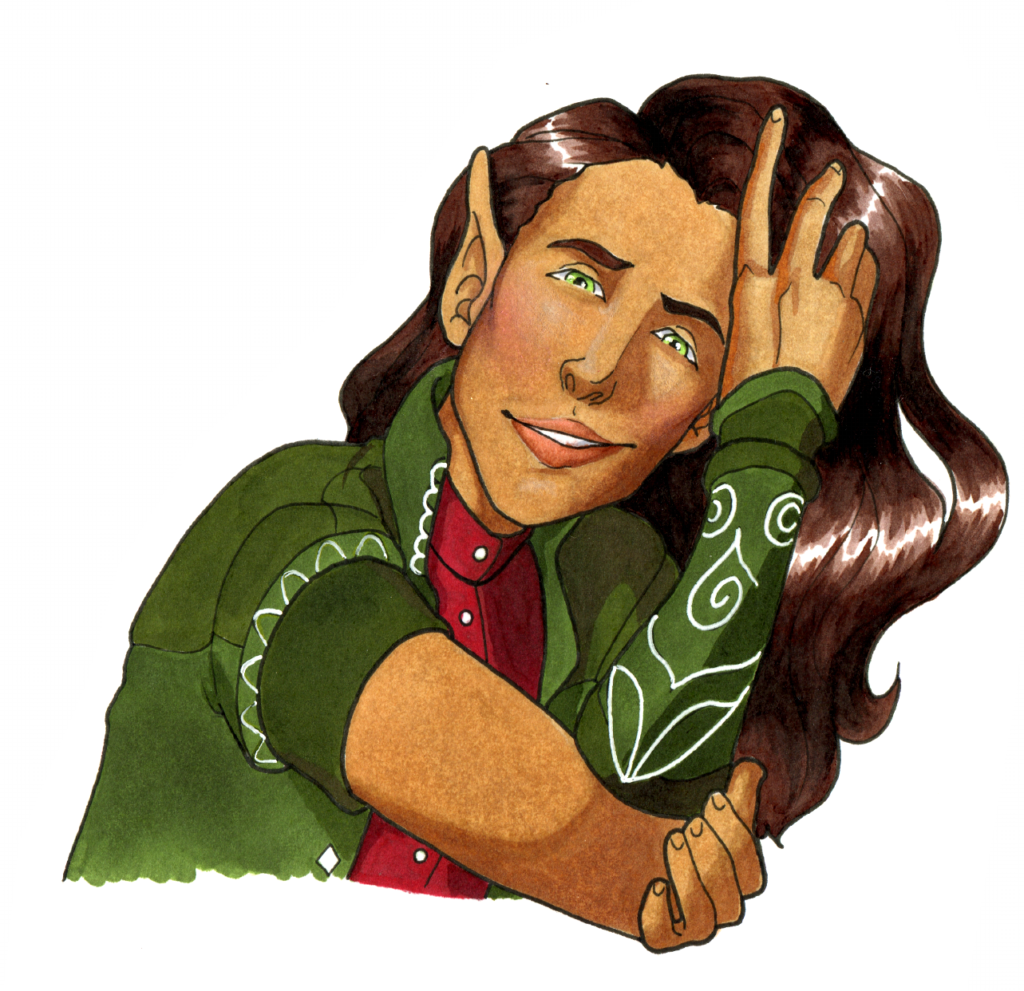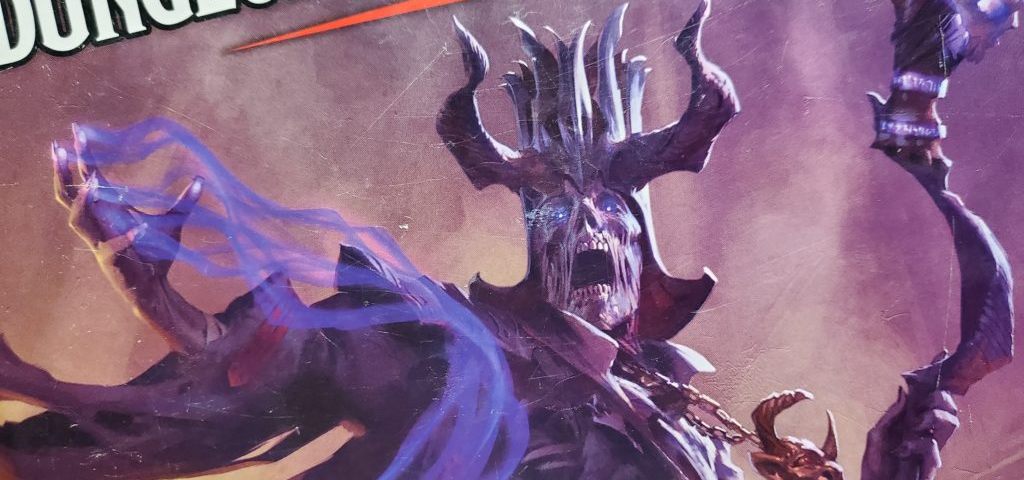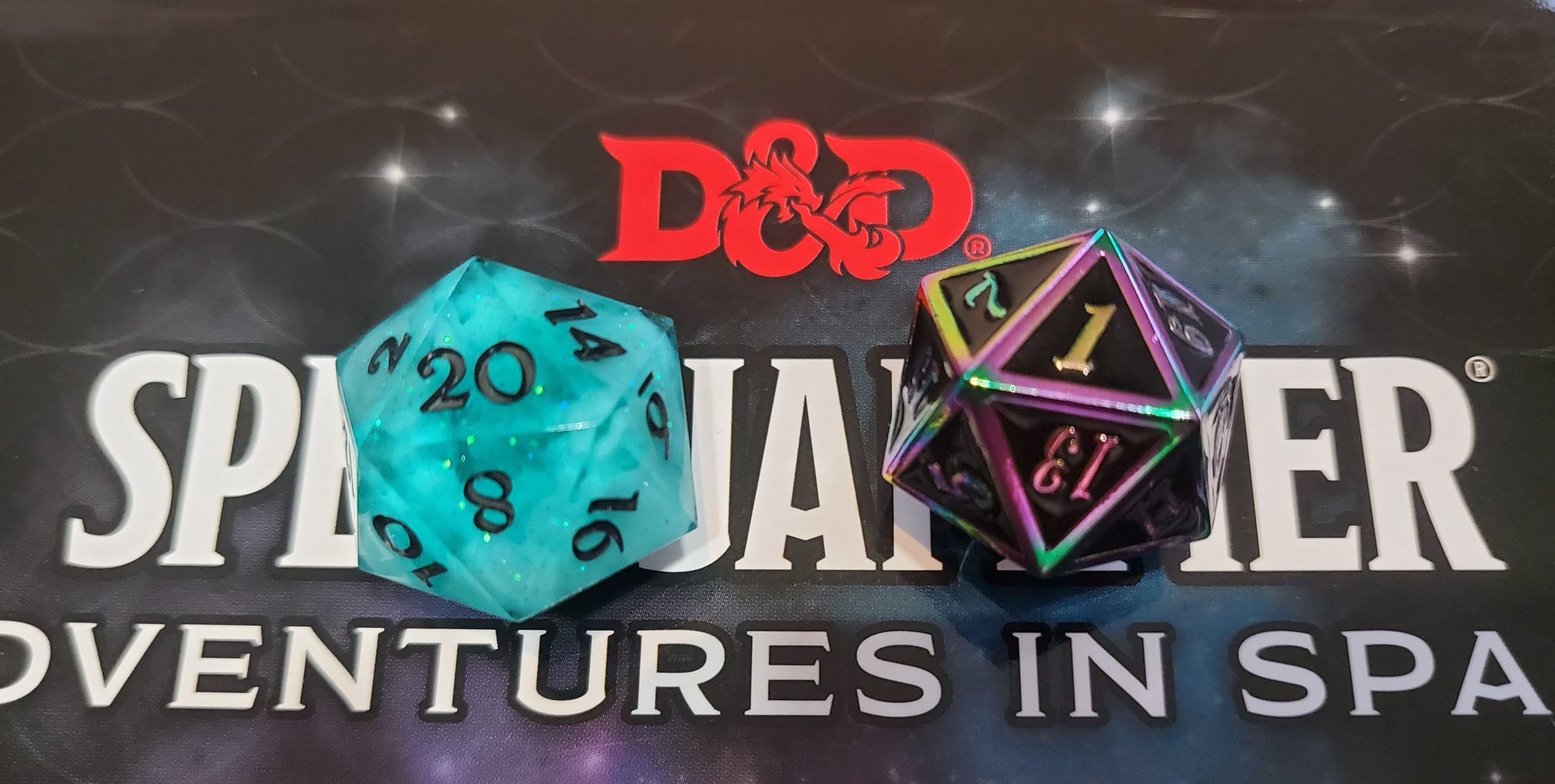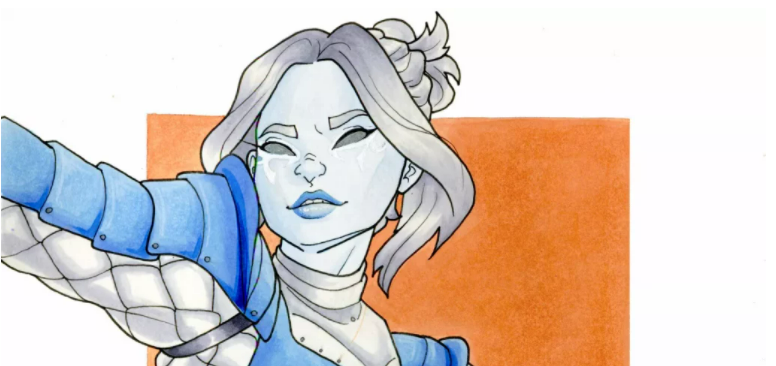Or maybe do?
A common adage heard at tables, in print and online is, “don’t split the party”. It’s been a phrase among players and dungeon masters for a very long time. It exists for good reason, splitting the party can be a headache for both players and DMs. Players can lose interest or be distracted during the time that they are not directly part of the action, and dungeon masters can be overwhelmed by trying to run multiple scenarios at the same time. While I present this as sound advice, I will tell you now, I am a hypocrite. I love when my players decide to scatter off in multiple directions. Split the party, I say! Embrace the chaos!
Look at some stories outside of role playing: Harry Potter, Avengers, Lord of the Rings, Final Fantasy, Umbrella Academy, Scooby Doo. Each of these stories include moments where the characters are separated (by choice or otherwise) to great effect. In movies, books, comics, video games, etc., characters frequently split up in order to complete separate objectives or cover ground more quickly. This is often used to give characters a moment to stand out on their own and shine. It is easy for Black Widow and Hawkeye to get lost among the other, super powered Avengers, but by sending them off on their own they get to briefly be the focal point. This can also be true of characters in D&D and other tabletop RPGs.
Can you do it?
The ability to successfully split the party and continue running the game depends on a variety factors. Splitting the party splits the focus of the game. Once it occurs you are in a scenario where not all of the players are engaged in what is happening at all times. This requires the dungeon master to switch back and forth as naturally as possible, making sure to cycle through each separate player/group. The goal is to find a pace that keeps everyone engaged in the game. Even if the inactive player’s attention drifts a little, that’s okay. Their characters are not present and don’t know what is happening to the others anyway!

The other big issue, from a dungeon master perspective, is encounters. This is especially of concern if you are running a premade module. Combat encounters are often designed with a certain number of characters in mind. There are really two options with encounters; either tweak them so that they are better balanced for the number of players involved or leave the encounter alone and let the players figure out what to do. Players are smart and creative. Maybe they will find a way around, maybe they will bluff their way through, maybe they will flee, maybe they will get captured! Who knows! I bet it will be exciting though. There are lots of things that can happen, they do not necessarily require adjusting.
My Experiences with Split Parties
I’ve been on both the player and dungeon master sides of this issue, but for now I am going to focus on the latter. This is something that happens relatively frequently in the games I run and I make little effort to dissuade my players from doing so. Sometimes the results are good, sometimes they are bad. The players seem to enjoy the freedom either way. For now, I’m going to briefly touch on three examples. First the story of the kenku named Whistler.
A bird in the hand…
Whistler has skulked about on her own on several occasions, successfully scouting and obtaining information. In her most recent outing she was accompanied by an NPC named Slight, who luckily spotted her sneaking away and followed. It turns out on this particular trip Whistler accidentally freed a powerful creature from magical confinement. I made no adjustments to the capabilities of the creature and it became quickly apparent to the player that both Whistler and Slight were in danger. Whistler attempted for some time to talk her way out of the situation, but was only somewhat successful. In the end Whistler was almost killed, but managed to escape with only a few hit points remaining while carrying the unconscious Slight. Whistler carried Slight around for the next session while trying to avoid more trouble, find a healer, and return to her companions amidst a cultist uprising. It was a situation that turned deadly fast, Whistler could have easily been killed, however quick thinking and creative problem solving allowed the player to eventually rejoin with her companions.
The Egg heist returns
The second instance I’ll touch on is from a campaign I’ve talked about previously called the Egg Heist. As this campaign progressed, the characters found that they could be most efficient if they split up. This campaign was designed to last 2 – 3 sessions and over half of that time was spent with every member of the party in a different location. They worked individually toward a series of objectives that eventually brought the all back together again. In this case I cycled through the players in regular intervals and frequently recapped the events from the perspective of the active character. Since each player was essentially getting equal individual play time, each got to show off their abilities and contribute to the overall story. It also meant that when they all reunited, each had items, information or insight that showed that they were a valuable member of the group (an important aspect when you are dealing with five solitary burglars).
Triple Trials
The last example I’ll leave you with is one of intentional design. My players were going to have an audience with a god-sphinx (long story). A lich acted as their contact to gain entrance to the sphinx and the sphinx demanded they be tested. The lich presented the party with a portal that would separate them for three trials that had to be completed in tandem. The characters were allowed to decide how to split up and tackle the trials. Being a five person group they decided to split 2-2-1. Each trial was a combination of environmental riddle and combat. Due to this, initiative order was used to cycle through characters and give them an opportunity to act. In this case they were only aware of what was happening in their own trial (and unaware of how their trial was influencing the others). So while this ran much like a combat encounter, the players were doing isolated tasks and it added an interesting layer of stress to the tasks.
So, what’s the point?
Split the party sometimes. If you are a player, don’t be afraid to suggest splitting up to cover ground, collect clues, or search for an object. If you are a dungeon master, don’t punish your players for separating. Create opportunities for your players to split into small groups. You will be pleasantly surprised by how well it can turn out for both the players, and the narrative. Just because “don’t split the party” is a common phrase, doesn’t mean it is one we have to stand by.



It allows characters to bond with ones they might not naturally gravitate too. My paladin doesn’t always get along with our rogue but being stuck with her and a common goal allows for shared memories and experiences to bring them together.